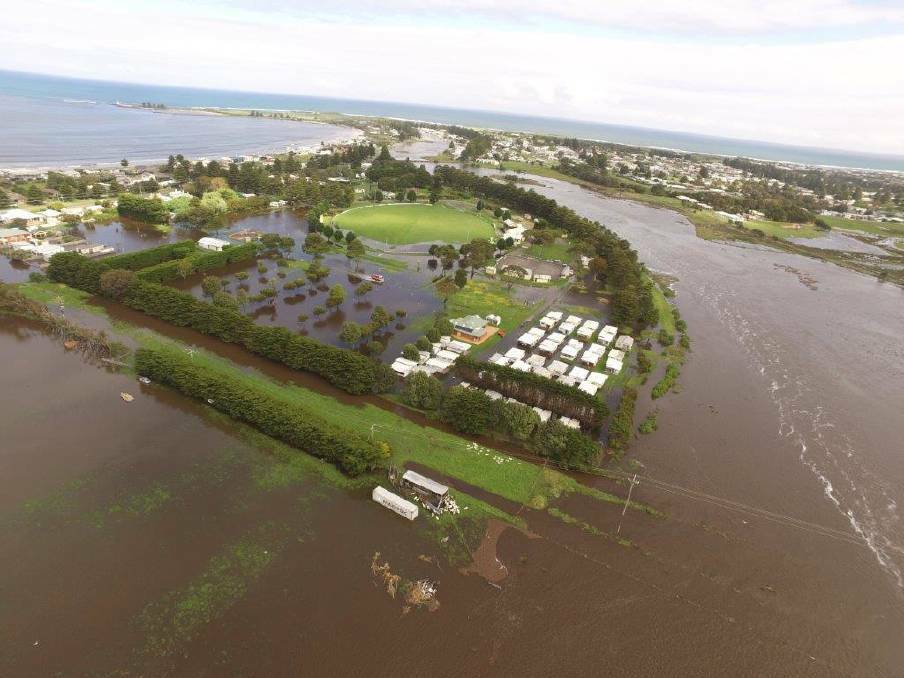
Moyne Shire councillors have voted unanimously to wave through a state planning panel's recommendations on a planning scheme amendment that will guide Port Fairy's development for decades.
Subscribe now for unlimited access.
or signup to continue reading
The C69 amendment makes dozens of changes to zoning in the growing seaside town, opening some areas of land for development and constraining it in others.
It also sets a benchmark for sea level rise in the coming decades, which is a key factor in predicting the areas of the town most at risk of flooding.
The amount of sea level rise Port Fairy should plan for by the end of the century was the most contentious issue at the planning panel, with the council arguing for a benchmark of 1.2 metres by 2100, while developers pushed for 0.8 metres, which would allow more housing to be built.
When the amendment was first exhibited in mid-2020, several parties - including the Glenelg Hopkins Catchment Management Authority - raised concerns about the council's flood modelling.
The council decided to commission new flood modelling having chosen 1.2 metres sea level rise as the appropriate planning level based on the latest global science and local conditions in Port Fairy.
In its report the planning panel said 1.2 metres was an excessively cautious baseline for such long-term planning and could prevent viable land being developed.
"The issue is about making judgements on the time frame over which land can be used before the benefits of use and development are outweighed by the risks associated with flooding," the report said.
The panel also said the lower 0.8 metre benchmark was in line with other Victorian councils and state government guidance.
Leading Melbourne University environmental economist Tom Kompas said 0.8 metres was "way too conservative" and the state benchmark was more than a decade old and long overdue for renewal.
Professor Kompas said he had just finished a government report showing huge economic damages from coastal flooding in coming decades, and Port Fairy would be one of the hardest hit areas.
"You'd think you would at least be precautionary and consider what might happen and what adaptation measures might be appropriate if sea level rise was in fact 1.1m or 1.2m," he said.
But whether the council agreed with the panel's sea level rise decision, it had little option but to adopt the recommendations.
Director of economy and place Jodie McNamara said the panel's decision was based on all the evidence, so the council would need new evidence to argue against any aspect of the report.
At the March council meeting Ms McNamara said the sensible course would be to adopt the amendment - which has been a decade in the making - and make further changes in smaller future amendments.
"The amendment has been happening for a significant amount of time and at great expense," she said.
"To delay further would jeopardise future opportunities for development. To progress it now is appropriate and I would recommend we progress."
Ms McNamara said the zoning changes would create about 700 new housing lots, potentially bringing 2000 new residents to a fishing village of just 3700 people.
The councillors all said the amendment gave the popular town a chance to grow.
The amendment will now be finalised and sent to the state Planning Minister for approval.
IN OTHER NEWS
- Ratepayers foot bill for councillor fight
- More than 70 charges dropped against man accused of rape, false imprisonment
- Historic land title moment for traditional owners
- Hampden league football preview: All the ins, outs, and players to watch in 2023
- Man admits exchanging drugs for sex with minor at kindergarten
- Your guide to the 2023 Warrnambool and District league football season















